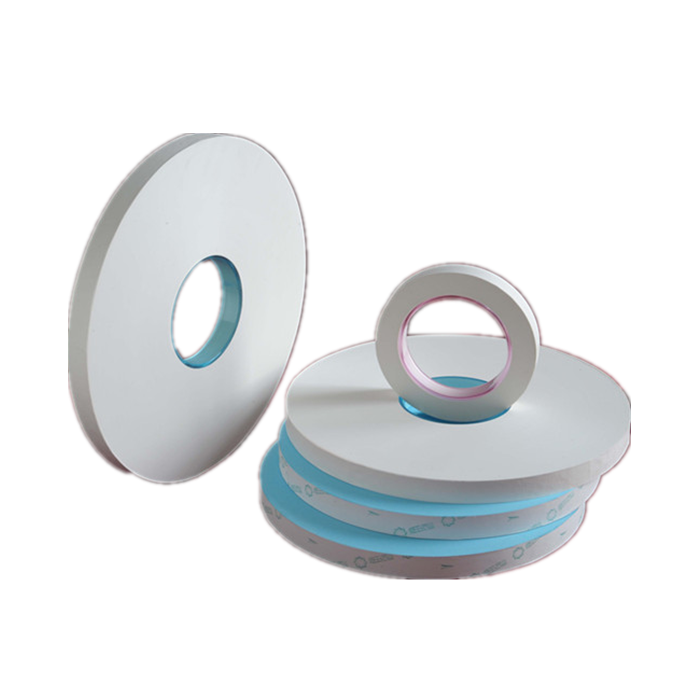The cigarette paper industry is a crucial yet often overlooked segment of the tobacco market. While smokers may focus on the quality of tobacco or the design of filters, the type of cigarette paper used can significantly influence the smoking experience. Two primary categories dominate the market: slow-burning and fast-burning papers.
Choosing the right type for your market depends on several factors, including consumer preferences, regional smoking habits, regulatory requirements, and product positioning. This article explores the differences between slow-burning and fast-burning papers, their advantages and disadvantages, and how businesses can determine the best option for their target audience.
Understanding Cigarette Paper Combustion
Before diving into the differences, it’s essential to understand how cigarette papers burn. The combustion rate is influenced by:
- Paper composition (e.g., flax, wood pulp, rice paper)
- Additives (such as burn retardants or accelerants)
- Porosity and thickness
- Humidity and storage conditions
Slow-burning papers are designed to last longer, while fast-burning papers provide a quicker, more intense smoking experience.
Slow-Burning Cigarette Papers: Features and Benefits
1. What Makes a Paper Slow-Burning?
Slow-burning papers are typically thicker and contain additives like calcium carbonate or sodium citrate, which act as combustion retardants. They may also have lower porosity, reducing airflow and slowing down the burn.
2. Advantages of Slow-Burning Papers
- Longer Smoking Duration – Ideal for smokers who prefer a relaxed, extended session.
- Reduced Waste – Less frequent relighting means fewer discarded cigarettes.
- Better for Outdoor Use – Wind and drafts have less impact on burn rate.
- Smoother Experience – Often associated with premium or hand-rolled cigarettes.
- May Affect Flavor – Some smokers claim additives alter taste.
- Harder to Light – Requires a stronger initial flame.
- Potentially Higher Cost – Due to specialized manufacturing.
- Europe & North America – Where premium rolling tobacco is popular.
- Luxury & Artisanal Segments – Targeting discerning smokers.
- Regions with Strict Fire Safety Laws – Slow burn reduces fire hazards.
3. Disadvantages of Slow-Burning Papers
4. Best Markets for Slow-Burning Papers
Fast-Burning Cigarette Papers: Features and Benefits
1. What Makes a Paper Fast-Burning?
Fast-burning papers are usually thinner and made from materials like rice paper or pure flax, which ignite quickly. They may have higher porosity, allowing more oxygen to fuel combustion.
2. Advantages of Fast-Burning Papers
- Quick & Intense Smoking – Preferred by those who want a fast nicotine hit.
- Easier to Light – Works well in humid conditions.
- Minimal Additives – Often perceived as more natural.
- Lower Cost – Simpler production process.
- Shorter Burn Time – Smokers may go through cigarettes faster.
- More Sensitive to Wind – Can extinguish easily outdoors.
- Potential Harshness – Faster combustion may increase heat and throat irritation.
- Asia & Middle East – Where quick, frequent smoking is common.
- Mass-Market Cigarettes – Cost-effective for high-volume sales.
- Roll-Your-Own (RYO) Enthusiasts – Some prefer a faster, more traditional burn.
- Do smokers in your region value a longer session or a quick smoke?
- Are they price-sensitive or willing to pay for premium quality?
- Some countries mandate fire-safe cigarettes, favoring slow-burning papers.
- Others have restrictions on additives, influencing paper composition.
- Humid climates may require faster-burning papers to prevent moisture issues.
- Windy areas benefit from slow-burning papers that resist extinguishing.
- Premium brands often use slow-burning papers for a luxurious feel.
- Budget brands may opt for fast-burning papers to keep costs low.
3. Disadvantages of Fast-Burning Papers
4. Best Markets for Fast-Burning Papers
Key Factors in Choosing the Right Paper for Your Market
1. Consumer Preferences
2. Regulatory Environment
3. Climate & Smoking Conditions
4. Brand Positioning
Case Studies: Market-Specific Trends
1. Europe: The Rise of Slow-Burning Papers
In countries like Germany and France, rolling tobacco is popular, and smokers prefer a longer, smoother experience. Brands like OCB and Rizla dominate with slow-burning options.
2. Japan: Fast-Burning Preference
Japanese smokers often favor quick, efficient smoking sessions. Thin rice papers are widely used, aligning with cultural smoking habits.
3. USA: A Split Market
- Premium & Hand-Rolled – Slow-burning papers (e.g., RAW, Elements).
- Mass-Produced Cigarettes – Often use fast-burning papers for consistency.
- Eco-Friendly Papers – Growing demand for unbleached, additive-free options.
- Smart Combustion Tech – Some companies are experimenting with controlled-burn papers.
- CBD & Hemp Cigarettes – May require specialized papers for optimal burning.
Future Trends in Cigarette Papers
Conclusion: Which Paper Should You Choose?
The decision between slow-burning and fast-burning cigarette papers depends on:
✔ Your target demographic (premium vs. budget smokers).
✔ Regional smoking habits (quick sessions vs. leisurely smoking).
✔ Regulatory constraints (fire safety laws, additive restrictions).
✔ Environmental & health trends (demand for natural materials).
For luxury or artisanal markets, slow-burning papers are ideal. For mass-market or quick-use products, fast-burning papers may be more suitable.
By understanding these dynamics, businesses can make informed decisions that align with consumer demand and market trends.
Final Recommendation
- Test both types in your market before full-scale production.
- Gather smoker feedback to refine your product offering.
- Stay updated on regulations to ensure compliance.
Choosing the right cigarette paper can be a game-changer for your brand’s success in the competitive tobacco industry.
Post time: Jul-24-2025

